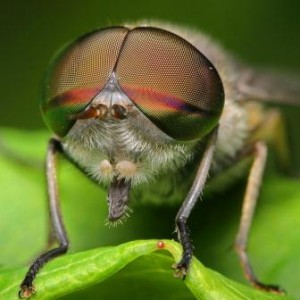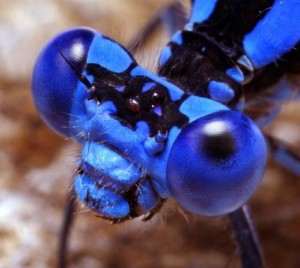Tiny Brains, Huge Feats


Their brains are the size of a pinhead. But that doesn’t make them any the less smart. How do insects navigate precisely into a perfect landing on a flower – maybe a flower that’s blowing in the wind? That’s harder than a trained navy pilot landing on an aircraft carrier.
Scientists at Adelaide University in southern Australia have figured out how insects do it. “It appears they take into account different light patterns in nature,” explained Professor David O’Carroll, “such as a foggy morning or a sunny day, and their brain cells adapt accordingly. This mechanism in their brain enables them to distinguish moving objects in a wide variety of natural settings. It also highlights the fact that single neurons can exhibit extremely complex behavior.”
The purpose of the research is to help develop artificial eyes for robots.
Here at Zoe, we’d prefer that the insects all be left in peace – or studied without any interference. We know they’re smart. It turns out they’re quite brilliant at what they do. And since vision is so important to them, it also turns out that their visual system accounts for up to 30 percent of their body mass. That’s huge, compared to most other animals.
Incidentally, their ability only works in a natural setting. When the scientists tried to get some insects to make a perfect landing in a laboratory, they couldn’t do it.
Or maybe it was just that they wouldn’t!
